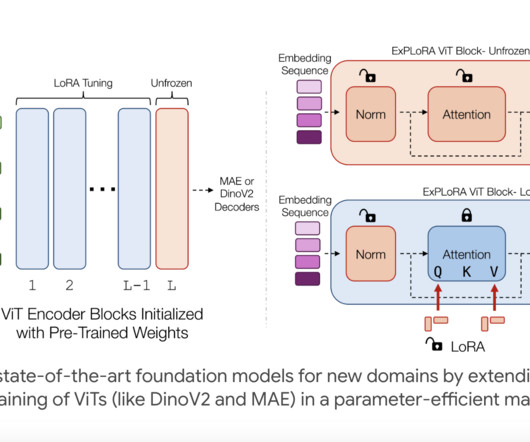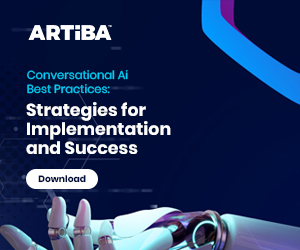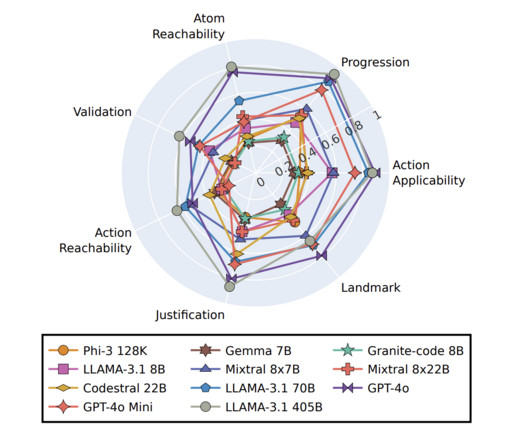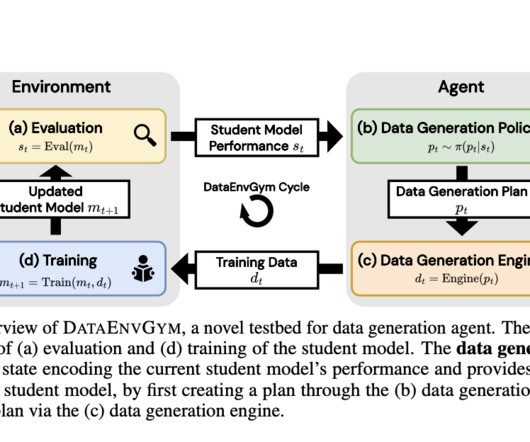Understanding Python pop() Method
Analytics Vidhya
OCTOBER 12, 2024
Introduction Ever wanted to remove an item from a list but not just any item, specifically the one at a certain index? Enter Python pop() method. This built-in function helps you achieve exactly that. It removes an element from a list based on its index and, most importantly, returns the removed element, giving you control […] The post Understanding Python pop() Method appeared first on Analytics Vidhya.


























Let's personalize your content